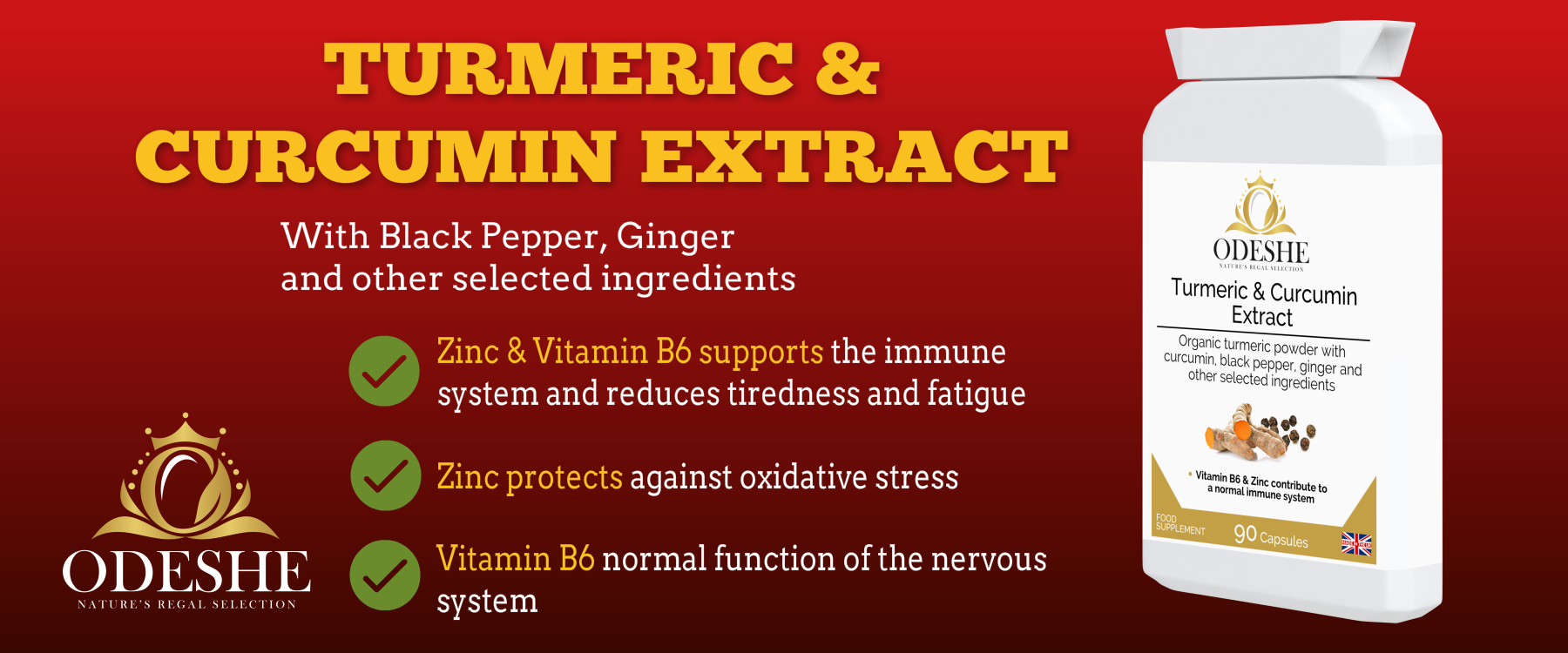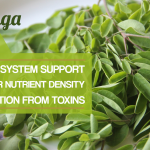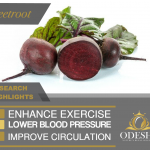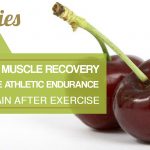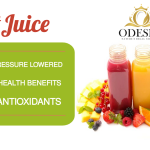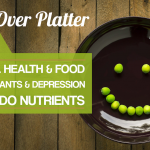Turmeric is a spice derived from the roots of the entire plant, and it’s deep orange colour under the peel is due to pigments such as curcumin. Commonly used in traditional dishes for flavour and curry in Southeast Asia, this Indian spice is also used in dyes, cosmetics and even medicines (1). Besides being enjoyed in flavourful or spicy dishes, traditional claims of turmeric’s healing has inspired a wealth of experimental research into the health impact of turmeric intake. Beyond preclinical tests of this spice with isolated cells or in animal trials, an informed look at the humans studies of regular turmeric intake shows numerous health benefits. Better yet, exotic turmeric preparations were not needed for many of the health benefits detected in several studies; the golden spice was often good enough!
Regular Turmeric & Curcumin Supplement Benefits in Over 15 (Small) Human Studies
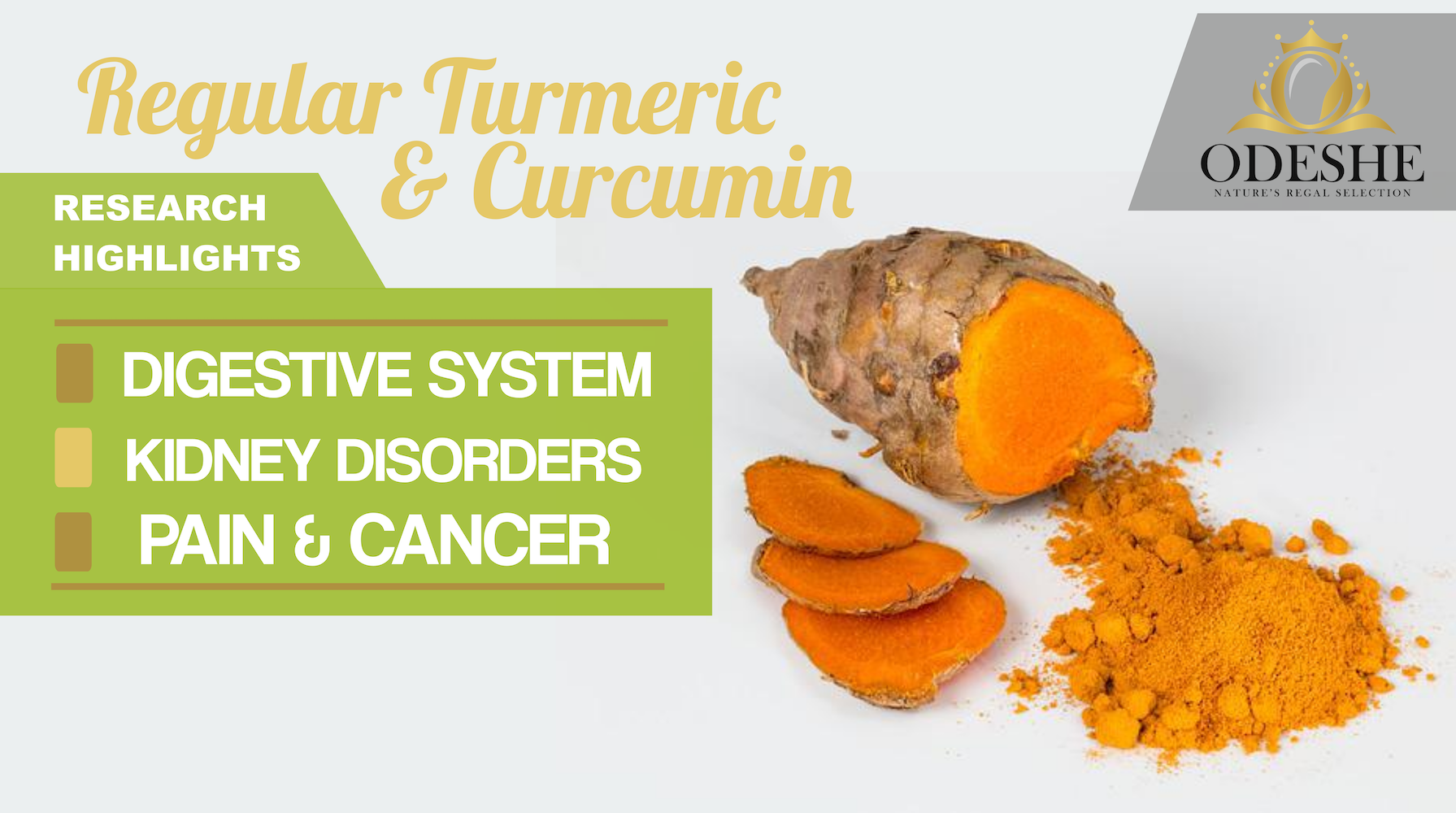
Many knowledgeable readers and health enthusiasts may still be impressed with a complete list of the benefits that turmeric provides! This article makes no claims of medicinal treatment, and this article is not an exhaustive list of turmeric’s properties. We explore the many experimental trials that have tested the effect of regular turmeric and/or curcumin supplement intake in healthy and ill people.
Herbal Profile
Health Uses Identified in Research |
Inflammatory conditions, cancer, diabetes, IBS, acne, and fibrosis (2) |
Identified Nutrient Molecules |
Some variation based on cultivar and growth conditions; folate, choline (3) |
Dose(s) Used in Trials |
Irritable Bowel Syndrome (IBS): 2x 300 mg capsules, five times daily for 12 weeks (4); 1 or 2x 72 mg turmeric extract capsules daily for 8 weeks (5)Kidney inflammation or dysfunction: 500 mg daily for 3 months (6), 3x 500 mg daily for 2 months (7) |
May Work Well With |
For absoption: piperine (8), fat added preparations (8), green tea extract (9)May also work well with: frankincense gum resin (10), vitamin C (11), cardamom (12), garlic (13), black seed (14), lactoferrin (15), moringa |
Plant Bioactive Molecules |
Over 235 compounds, primarily phenolics and terpenoids, including curcumin and other curcuminoids (2) |
Form(s) Consumed |
Spice in food, dissolved in milk, tablet/capsule supplement |
Identified Toxins |
None identified |
Most readers will be familiar with antibiotics and the concept of completing a prescribed course for the desired effect: clearing an infection. Taking too much or too little produces unique health complications in each instance. Although turmeric is not a drug, medicine or treatment, the clinical research into the effects turmeric supplements have on patients of various diseases/conditions can be very informative for those looking to take a proactive approach to their own health, a decision that should be based on consultation with a qualified and informed doctor.
Turmeric is a spice mainly grown at large scales in tropical regions of Asia’s, as well as parts of Africa, and is fairly synonymous with curry dishes of India. Daily intake of turmeric in India has been determined to range from 0.24 grams (16) per day up to 4 grams per day (per person) (17). The yellow colour of turmeric, and most of it’s bioactive properties are attributed to the pigment curcumin, which accounts for 2–5% of turmeric by weight (2), has a vast number of different enzymes it interacts with and alters the activity of (1), and yet has a low absorption rate in the body (regardless of health status).
Naturally, much of the research around turmeric focuses on curcumin’s activity. As a powerful antioxidant curcumin protects cell membranes (18), is an inhibitor of inflammatory signals (19), and anti-cancer agent by increasing cancer cell susceptibility to chemo- (20) and radio-therapy (21), as well as directly stimulating an increase in cell death of many different cancer cell types (22, 23, 24). There is also significant interest in increasing curcumin absorption rates using black pepper-extracted piperine (which boosts curcumin absorption by as much as 2 to 20 times (25)), as well as using refined oils to encapsulate curcumin in different ways (e.g. liposomes, micelles, etc) (2).
A large amount of the research interest in turmeric has been focused on it’s oil-soluble pigment curcumin, and increasing curcumin’s bio-availability and consequently effectiveness (from the same amount of curcumin supplement intake) (1, 2). Even a water-soluble, concentrated extract from boiled turmeric improved scores on stress and positive mood surveys, lowered blood sugar sticking to haemoglobin, and lowered multiple bloodstream markers for inflammation (C-reactive protein, tumor necrosis factor-α, interleukin-6, and soluble vascular cell adhesion molecule-1) (26). This was achieved in 50–69 year olds who were overweight or prehypertension/mild hypertension (but otherwise healthy) after 12 weeks of supplementation, and indicates that this low-curcumin turmeric extract still has health-supporting properties.
Turmeric Starts Working in the Gut
However taking whole-turmeric (in various forms) retains multiple positive effects on human health, the golden spice appears to get to work as soon as it enters the stomach! Peptic ulcer patients taking turmeric in the form of two 300 mg capsules, five times daily before meals resulted in 48% clearance of ulcers after four weeks (4). Continued turmeric capsule intake further increased the absence of ulcers to 78% of test patients after 12 weeks, demonstrating the importance of maintaining regular consumption of healthy foods as discussed prior with beetroot and cherry supplements.
A positive increase in bowel motility and activation of hydrogen-producing gut bacteria in the colon were observed in a separate study of healthy subjects after a 500 mg dose of turmeric delivered via curry (27). In another trial irritable bowel syndrome sufferers were given either one or two tablets of 72 mg turmeric extract daily, and roughly two-thirds of all subjects experienced improvements in symptoms after 8 weeks, regardless of extract dose (5).
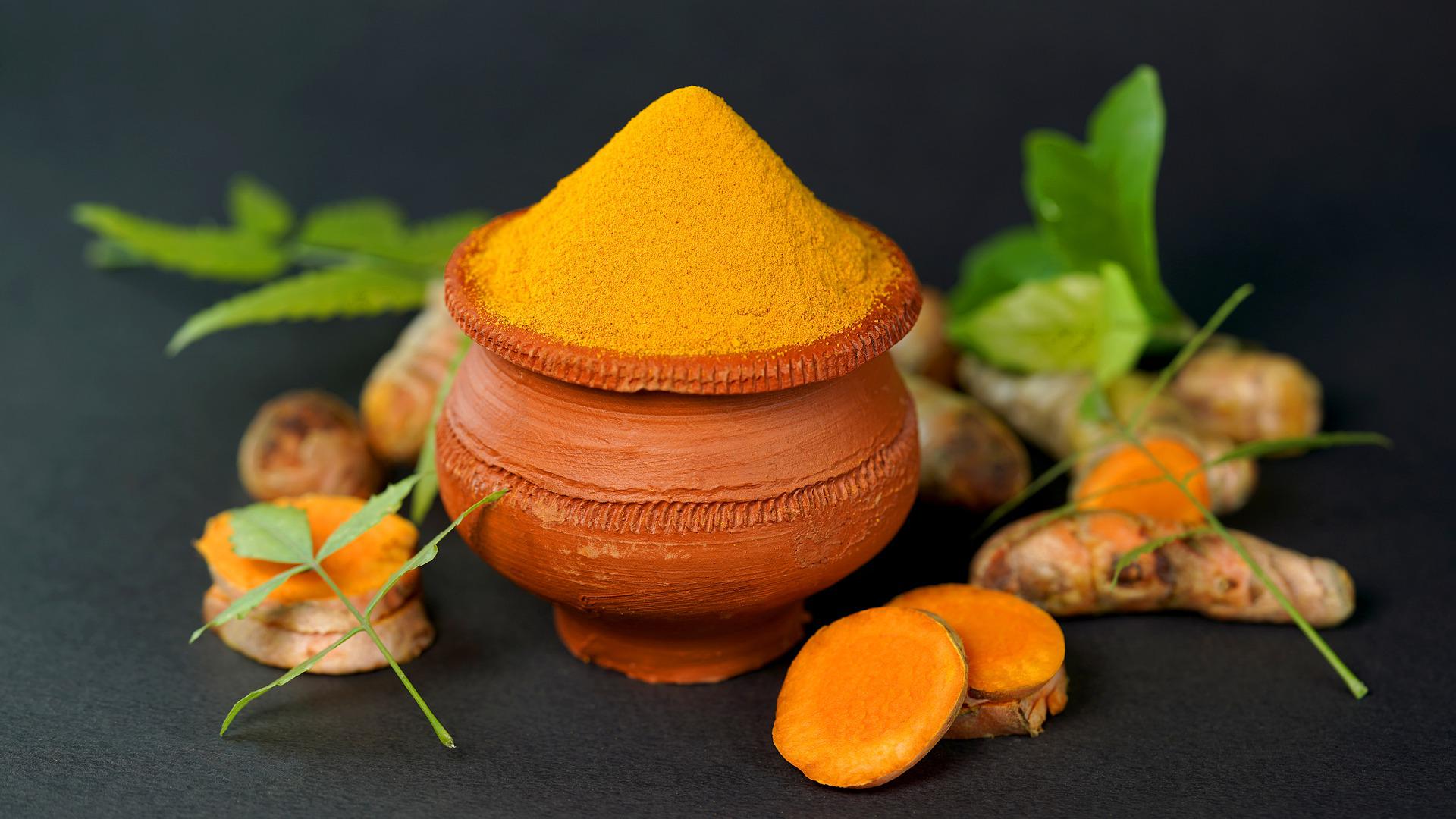
The golden spice and it’s extracts (photo credit: NirmalSarkar)
Kidney Function and Turmeric
Whether kidney disease is a result of autoimmune disease (lupus nephritis (6)) or type 2 diabetes (7), protein leakage from the kidneys into urine (i.e. proteinuria) was significantly reduced amongst turmeric supplement takers. Amongst lupus patients, 500 mg of turmeric daily for 3 months also lowered leakage of red blood cells into urine and blood pressure (i.e. systolic) (6). Diabetes patients taking three 500 mg doses of turmeric daily for 2 months experienced significant reductions in blood inflammatory signals (IL-8 and TGF-beta), alongside proteinuria (7).
A single 6 gram dose of turmeric taken simultaneously with a 75 gram glucose test (to determine blood sugar control) increased circulating insulin levels within 15 minutes to 2 hours after ingestion (28). However circulating glucose levels were not statistically different whether test subjects took turmeric or the placebo. A separate study found that 400 mg of turmeric extract, in combination with 400 mg garlic extract (taken 3 times daily) lowered blood glucose levels 2 hours post-meal, a crucial timepoint at which blood sugar needs to be managed by transportation into the body’s organs for usage (13). Theoretically, the herb moringa could also complement the post-meal raise in insulin levels and contribute to efficient reduction of blood sugar levels.
Turmeric Extracts, Pain and Cancer
Several studies have associated turmeric and curcumin with pain relief, a property which is based on anti-inflammatory activity (29). Recent work has identified a water-soluble molecule from turmeric, calebin A, which has significant antioxidant properties and lowered levels of inflammatory cell signals (via nuclear factor kappa B and scleraxis) in tendon cells (i.e. tenocytes) (30). A comparison of 15 randomised controlled trials found that either turmeric extract or curcumin users experienced significant pain alleviation from osteoarthritis, and adverse event reported occurred at comparable rates in the curcumin and placebo (31). The comparison of these trials concluded that turmeric extract or curcumin intake was most effective after a minimum intake period of 12 weeks.
Application of an ethanol extract of turmeric was able to produce significant symptomatic relief in patients with cancerous external lesions after months, although 1 out of 62 subjects experienced an adverse reaction (32). A daily turmeric intake of 1.5 grams for 30 days lowered the levels of mutation-promoting chemicals in the urine of chronic smokers, whereas non-smokers on the same turmeric regimen saw no change in mutagen excretion (33). Release of mutagens in the urine indicates an inability to detoxify/neutralise those chemicals, which appears to have been increased amongst smokers taking turmeric supplements.
There appears to be an inhibition of mutations at a fundamental level, as turmeric extract lowered the formation of damaged DNA/chromosome structures (i.e. micronuclei) in circulating white blood cells of healthy study participants (34). This correlated to the impact of a daily intake of three 375 mg curcumin doses amongst five patients with inflammatory tumour-like structures (i.e. idiopathic inflammatory orbital pseudotumors) (35). Four of the patients experienced complete recovery after 6 to 22 months of intake with no adverse events reported. High-risk patients with various cancer types were given 0.5 – 8 grams daily of curcumin, and after 3 months 1 patient in each of the 5 cancer type-test groups had observable improvements in their tissue samples (36). Two out of 25 pancreatic cancer patients who took 8 grams of curcumin daily and no chemo- or radiotherapy experienced tumour regression after 8 weeks, and fortunately no toxicity was observed (37).
Safety
Toxicity of turmeric or curcumin is rarely observed in studies, however a study in genetically-modified mice found an increase in average tumour numbers after ingestion of curcumin, and application of curcumin to colon cancer cells resulted in malfunction of the tumour-suppression enzyme p53 (25). To our knowledge these adverse events have not been replicated in other studies with animals, or in trials with people.
Regular Turmeric Intake Benefits?
The regular intake of turmeric in India ranges from 0.24 – 4 grams daily is frequently accompanied with ghee or black pepper (amongst other ingredients), both of which are likely to increase absorption/bio-availability of curcumin (25). The high consumption of turmeric in India has been correlated to the relatively low incidence of many types of cancer in India, although many additional factors are likely to contribute to lower cancer rates, such as dietary choices and regularly eating many other spices with preliminary evidence of anti-inflammatory properties (25).
The frequent curry consumption (and implied turmeric intake) in India has also been correlated with improved cognitive performance amongst the elderly (38). Curcumin supplementation has been explored with respect to alzheimers disease progression, and increasing bio-availability (as described earlier) could increase beneficial outcomes observed in trials (15). Curcumin also produces an anti-inflammatory effect via certain immune system-linked receptors (i.e. AhR (39) and PPAR-gamma (40)) that can otherwise be “hijacked” by synthetic hormone disrupting chemicals to weaken the immune system in many ways.
A daily intake of reasonable amounts of turmeric has been shown in healthy and unwell people to show a broad range of benefits in small trials. In more severe disease cases, concentrated turmeric extracts also demonstrated some efficacy. Many of the studies referenced in this article correctly recognised that the improved outcomes trial participants taking turmeric supplements experienced need to be reproduced amongst a larger set of participants to confirm those observations definitively.
However, the reproducibility of patients experiencing symptomatic improvements (from many different illnesses) does serve as a reasonable basis to assert that turmeric and it’s extracts are associated with multiple improved health outcomes under experimental settings. Irrespective of health condition being investigated, sustaining taking turmeric regularly over multiple weeks ultimately coincided with better results. There is an instinctive desire to take turmeric (and even other health foods) in its most natural form as a whole spice for many, but this may become numbingly repetitive over weeks! The prospect of getting bored with endless curries or turmeric smoothies emphasises the relevance of quality food supplements, which provide a pragmatic and accurate alternative for completing a multi-week course of turmeric.
Odeshe’s Turmeric & Curcumin Extract, with black pepper, ginger and other vitamins & minerals
Disclaimer: If you have medical concerns, please consult your doctor before implementing the opinions in this article.
by
The Odeshe Team.
(References)
- Goel, A., Kunnumakkara, A. B., and Aggarwal, B. B. (2008) Curcumin as “Curecumin”: From kitchen to clinic. Biochemical Pharmacology. 75, 787–809
- Gupta, S. C., Sung, B., Kim, J. H., Prasad, S., Li, S., and Aggarwal, B. B. (2013) Multitargeting by turmeric, the golden spice: From kitchen to clinic. Mol. Nutr. Food Res. 57, 1510–1528
- Yadav, R. P., and Tarun, G. Versatility of turmeric: A review the golden spice of life
- Prucksunand, C., Indrasukhsri, B., Leethochawalit, M., and Hungspreugs, K. (2001) PHASE II CLINICAL TRIAL ON EFFECT OF THE LONG TURMERIC (CURCUMA LONGA LINN) ON HEALING OF PEPTIC ULCER. SOUTHEAST ASIAN J TROP MED PUBLIC HEALTH. 32, 8
- Bundy, R., Walker, A. F., Middleton, R. W., and Booth, J. (2004) Turmeric Extract May Improve Irritable Bowel Syndrome Symptomology in Otherwise Healthy Adults: A Pilot Study. The Journal of Alternative and Complementary Medicine. 10, 1015–1018
- Khajehdehi, P., Zanjaninejad, B., Aflaki, E., Nazarinia, M., Azad, F., Malekmakan, L., and Dehghanzadeh, G.-R. (2012) Oral Supplementation of Turmeric Decreases Proteinuria, Hematuria, and Systolic Blood Pressure in Patients Suffering From Relapsing or Refractory Lupus Nephritis: A Randomized and Placebo-controlled Study. Journal of Renal Nutrition. 22, 50–57
- Khajehdehi, P., Pakfetrat, M., Javidnia, K., Azad, F., Malekmakan, L., Nasab, M. H., and Dehghanzadeh, G. (2011) Oral supplementation of turmeric attenuates proteinuria, transforming growth factor-β and interleukin-8 levels in patients with overt type 2 diabetic nephropathy: A randomized, double-blind and placebo-controlled study. Scandinavian Journal of Urology and Nephrology. 45, 365–370
- Toden, S., and Goel, A. (2017) The Holy Grail of Curcumin and its Efficacy in Various Diseases: Is Bioavailability Truly a Big Concern? J Restor Med. 6, 27–36
- Kuttan, R., Kuttan, G., Joseph, S., Ajith, T. A., Mohan, M., and Srimal, R. C. (2004) Antimutagenicity of herbal detoxification formula Smoke Shield against environmental mutagens. J Exp Clin Cancer Res. 23, 61–68
- Hewlings, S., and Kalman, D. (2017) Curcumin: A Review of Its Effects on Human Health. Foods. 6, 92
- Hasan Khudhair, D., Al-Gareeb, A. I., Al-kuraishy, H. M., El-Kadem, A. H., Elekhnawy, E., Negm, W. A., Saber, S., Cavalu, S., Tirla, A., Alotaibi, S. S., and Batiha, G. E.-S. (2022) Combination of Vitamin C and Curcumin Safeguards Against Methotrexate-Induced Acute Liver Injury in Mice by Synergistic Antioxidant Effects. Front Med (Lausanne). 9, 866343
- Cárdenas Garza, G. R., Elizondo Luévano, J. H., Bazaldúa Rodríguez, A. F., Chávez Montes, A., Pérez Hernández, R. A., Martínez Delgado, A. J., López Villarreal, S. M., Rodríguez Rodríguez, J., Sánchez Casas, R. M., Castillo Velázquez, U., and Rodríguez Luis, O. E. (2021) Benefits of Cardamom (Elettaria cardamomum (L.) Maton) and Turmeric (Curcuma longa L.) Extracts for Their Applications as Natural Anti-Inflammatory Adjuvants. Plants (Basel). 10, 1908
- Sukandar, E. Y., Sudjana, P., Adnyana, I. K., Setiawan, A. S., and Yuniarni, U. (2014) Recent Study of Turmeric in Combination with Garlic as Antidiabetic Agent. Procedia Chemistry. 13, 44–56
- Pipalia, P. R., Annigeri, R. G., and Mehta, R. (2016) Clinicobiochemical evaluation of turmeric with black pepper and nigella sativa in management of oral submucous fibrosis—a double-blind, randomized preliminary study. Oral Surgery, Oral Medicine, Oral Pathology and Oral Radiology. 122, 705–712
- Ege, D. (2021) Action Mechanisms of Curcumin in Alzheimer’s Disease and Its Brain Targeted Delivery. Materials (Basel). 14, 3332
- Krishnaswamy, K. (2006) Turmeric: The Salt of the Orient is the Spice of Life, Allied Publishers
- Tapsell, L. C., Hemphill, I., Cobiac, L., Sullivan, D. R., Fenech, M., Patch, C. S., Roodenrys, S., Keogh, J. B., Clifton, P. M., Williams, P. G., Fazio, V. A., and Inge, K. E. (2006) Health benefits of herbs and spices: the past, the present, the future. Medical Journal of Australia. 10.5694/j.1326-5377.2006.tb00548.x
- Aggarwal, B. B., Yuan, W., Li, S., and Gupta, S. C. (2013) Curcumin-free turmeric exhibits anti-inflammatory and anticancer activities: Identification of novel components of turmeric. Mol Nutr Food Res. 57, 1529–1542
- Bachmeier, B. E., Mohrenz, I. V., Mirisola, V., Schleicher, E., Romeo, F., Höhneke, C., Jochum, M., Nerlich, A. G., and Pfeffer, U. (2008) Curcumin downregulates the inflammatory cytokines CXCL1 and -2 in breast cancer cells via NFκB. Carcinogenesis. 29, 779–789
- Kawasaki, B. T., Hurt, E. M., Mistree, T., and Farrar, W. L. (2008) Targeting Cancer Stem Cells with Phytochemicals. Molecular Interventions. 8, 174
- Yallapu, M. M., Maher, D. M., Sundram, V., Bell, M. C., Jaggi, M., and Chauhan, S. C. (2010) Curcumin induces chemo/radio-sensitization in ovarian cancer cells and curcumin nanoparticles inhibit ovarian cancer cell growth. J Ovarian Res. 3, 11
- Kuo, M.-L., Huang, T.-S., and Lin, J.-K. (1996) Curcumin, an antioxidant and anti-tumor promoter, induces apoptosis in human leukemia cells. Biochimica et Biophysica Acta (BBA) – Molecular Basis of Disease. 1317, 95–100
- Moragoda, L., Jaszewski, R., and Majumdar, A. P. (2001) Curcumin induced modulation of cell cycle and apoptosis in gastric and colon cancer cells. Anticancer Res. 21, 873–878
- Choudhuri, T., Pal, S., Agwarwal, M. L., Das, T., and Sa, G. (2002) Curcumin induces apoptosis in human breast cancer cells through p53-dependent Bax induction. FEBS Letters. 512, 334–340
- Hutchins-Wolfbrandt, A., and Mistry, A. M. (2011) Dietary Turmeric Potentially Reduces the Risk of Cancer. Asian Pac J Cancer Prev
- Uchio, R., Muroyama, K., Okuda-Hanafusa, C., Kawasaki, K., Yamamoto, Y., and Murosaki, S. (2019) Hot Water Extract of Curcuma longa L. Improves Serum Inflammatory Markers and General Health in Subjects with Overweight or Prehypertension/Mild Hypertension: A Randomized, Double-Blind, Placebo-Controlled Trial. Nutrients. 11, 1822
- Shimouchi, A., Nose, K., Takaoka, M., Hayashi, H., and Kondo, T. (2009) Effect of Dietary Turmeric on Breath Hydrogen. Dig Dis Sci. 54, 1725–1729
- Wickenberg, J., Ingemansson, S. L., and Hlebowicz, J. (2010) Effects of Curcuma longa (turmeric) on postprandial plasma glucose and insulin in healthy subjects. Nutr J. 9, 43
- Razavi, B. M., Ghasemzadeh Rahbardar, M., and Hosseinzadeh, H. (2021) A review of therapeutic potentials of turmeric (Curcuma longa) and its active constituent, curcumin, on inflammatory disorders, pain, and their related patents. Phytotherapy Research. 35, 6489–6513
- Mueller, A.-L., Brockmueller, A., Kunnumakkara, A. B., and Shakibaei, M. (2022) Calebin A, a Compound of Turmeric, Down-Regulates Inflammation in Tenocytes by NF-κB/Scleraxis Signaling. Int J Mol Sci. 23, 1695
- Zeng, L., Yu, G., Hao, W., Yang, K., and Chen, H. (2021) The efficacy and safety of Curcuma longa extract and curcumin supplements on osteoarthritis: a systematic review and meta-analysis. Biosci Rep. 41, BSR20210817
- Kuttan, R., Sudheeran, P. C., and Josph, C. D. (1987) Turmeric and Curcumin as Topical Agents in Cancer Therapy. Tumori. 73, 29–31
- Polasa, K., Raghuram, T. C., Krishna, T. P., and Krishnaswamy, K. (1992) Effect of turmeric on urinary mutagens in smokers. Mutagenesis. 7, 107–109
- Hastak, K., Lubri, N., Jakhi, S. D., More, C., John, A., Ghaisas, S. D., and Bhide, S. V. (1997) Effect of turmeric oil and turmeric oleoresin on cytogenetic damage in patients suffering from oral submucous fibrosis. Cancer Letters. 116, 265–269
- Lal, B., Kapoor, A. K., Agrawal, P. K., Asthana, O. P., and Srimal, R. C. (2000) Role of curcumin in idiopathic inflammatory orbital pseudotumours. Phytotherapy Research. 14, 443–447
- Cheng, A. L., Hsu, C. H., Lin, J. K., Hsu, M. M., Ho, Y. F., Shen, T. S., Ko, J. Y., Lin, J. T., Lin, B. R., Ming-Shiang, W., Yu, H. S., Jee, S. H., Chen, G. S., Chen, T. M., Chen, C. A., Lai, M. K., Pu, Y. S., Pan, M. H., Wang, Y. J., Tsai, C. C., and Hsieh, C. Y. (2001) Phase I clinical trial of curcumin, a chemopreventive agent, in patients with high-risk or pre-malignant lesions. Anticancer Res. 21, 2895–2900
- Dhillon, N., Aggarwal, B. B., Newman, R. A., Wolff, R. A., Kunnumakkara, A. B., Abbruzzese, J. L., Ng, C. S., Badmaev, V., and Kurzrock, R. (2008) Phase II Trial of Curcumin in Patients with Advanced Pancreatic Cancer. Clinical Cancer Research. 14, 4491–4499
- Ng, T.-P., Chiam, P.-C., Lee, T., Chua, H.-C., Lim, L., and Kua, E.-H. (2006) Curry Consumption and Cognitive Function in the Elderly. American Journal of Epidemiology. 164, 898–906
- Esser, C., Rannug, A., and Stockinger, B. (2009) The aryl hydrocarbon receptor in immunity. Trends in Immunology. 30, 447–454
- Ciavarella, C., Motta, I., Valente, S., and Pasquinelli, G. (2020) Pharmacological (or Synthetic) and Nutritional Agonists of PPAR-γ as Candidates for Cytokine Storm Modulation in COVID-19 Disease. Molecules. 25, 2076
